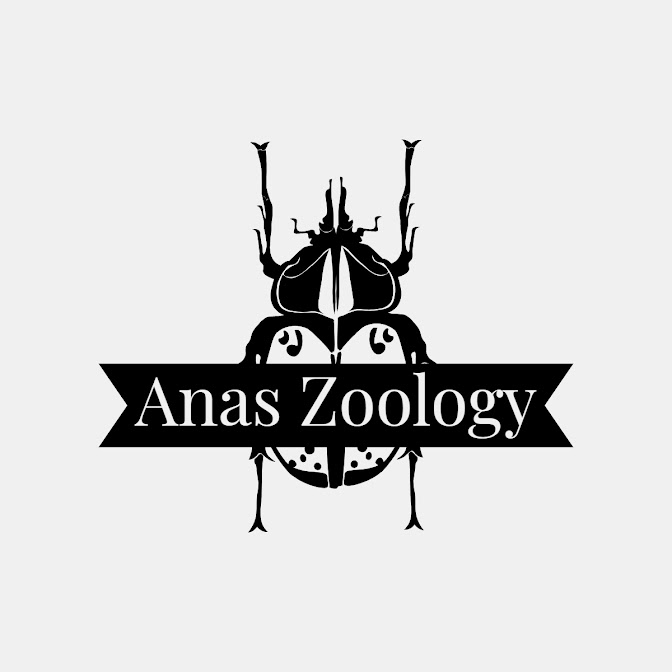KINGDOM PROTISTA

KINGDOM PROTISTA PHYLUM - PROTOZOA The name Protozoa (Protos = first, zoon = animal) comes from Goldfuss(1818) who, however used the names simply for the lower groups of zoophyta including protozoans, sponges, coelentrates, rotifers, and bryozoans. It was von Siebold (1845) who, recognised the unicellular nature of Protozoa, first used and defined the name Protozoa in the present sense. The study of Protozoa is known as Protozoology. Characteristics of Protozoa: These are microscopic and colourless organisms. They are terrestrial or aquatic, free living or parasitic. Body exhibit radial or bilateral, spherical or irregular symmetry. Body is naked consisting of uninucleated or multinucleated protoplasm. Body is bound by a delicate membrane or a firm pellicle, theca or lorica or siliceous shell. Locomotion occurs by pseudopodia or cilia or flagella. They are holozoic or saprozoic (feeding on dead organic matter) or holophytic in nutrition. Digestion is intracellular and reserv...
